Museum Bredius
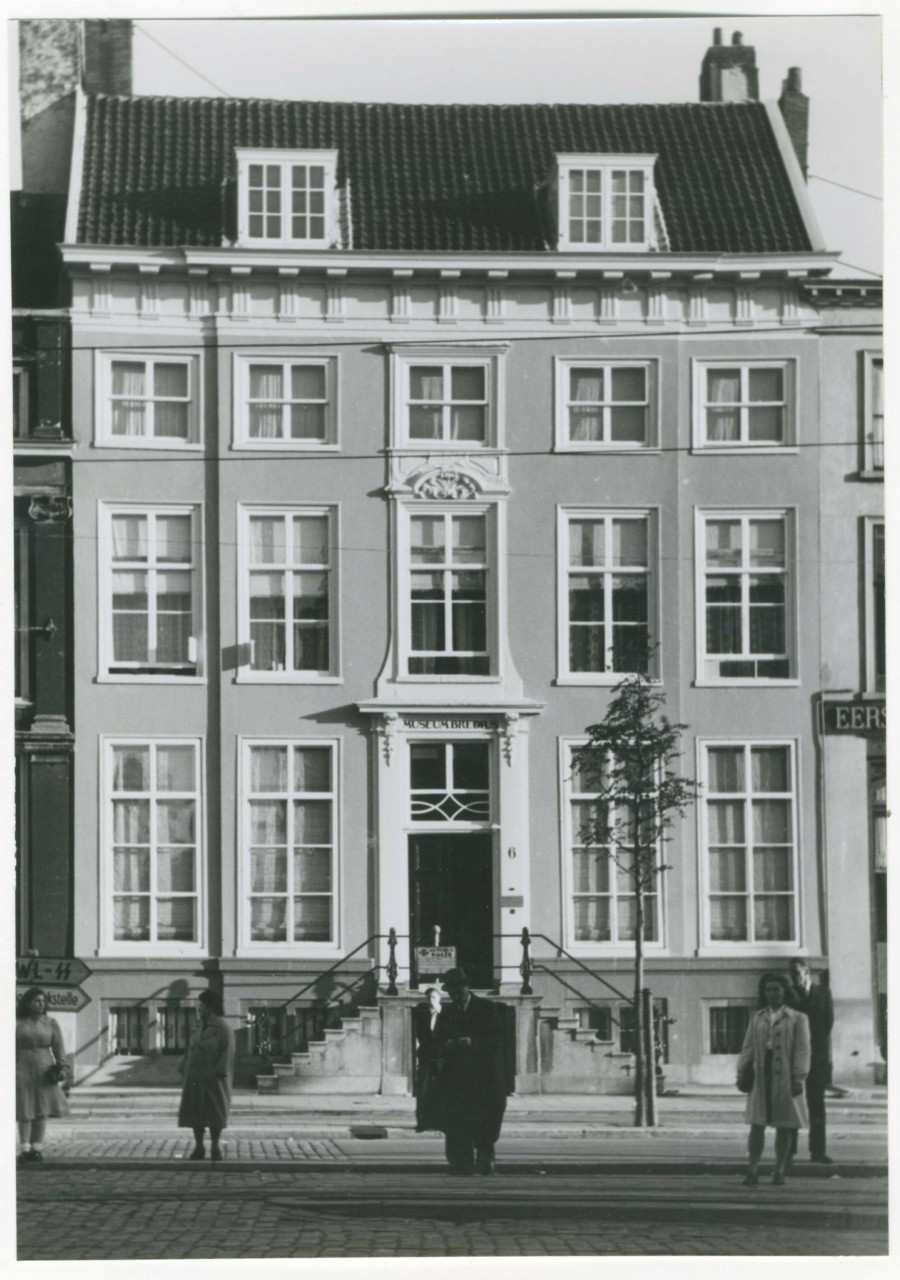
It is now over a century since Museum Bredius opened to the public at Prinsegracht 6 in The Hague. Abraham Bredius lived there from 1895 until he sold the house to the city in 1922 and settled in Monaco. As part of the agreement the city promised to open the house to visitors. It was where Bredius had displayed his celebrated private collection of paintings and objets d’art. Bredius gave the exhibits on loan – they remained his property. As did many other seminal works that he had lent to various museums. And they were not few in number: Mauritshuis alone held 25 paintings on loan from Bredius, including five by Rembrandt.
At his death, Bredius left all the loaned works to the museums that held them. The Rijksmuseum received 43, Mauritshuis 25 (these were the finest), the city of The Hague retained his private collection. In part this had been assembled by Bredius, while part had belonged to his family.
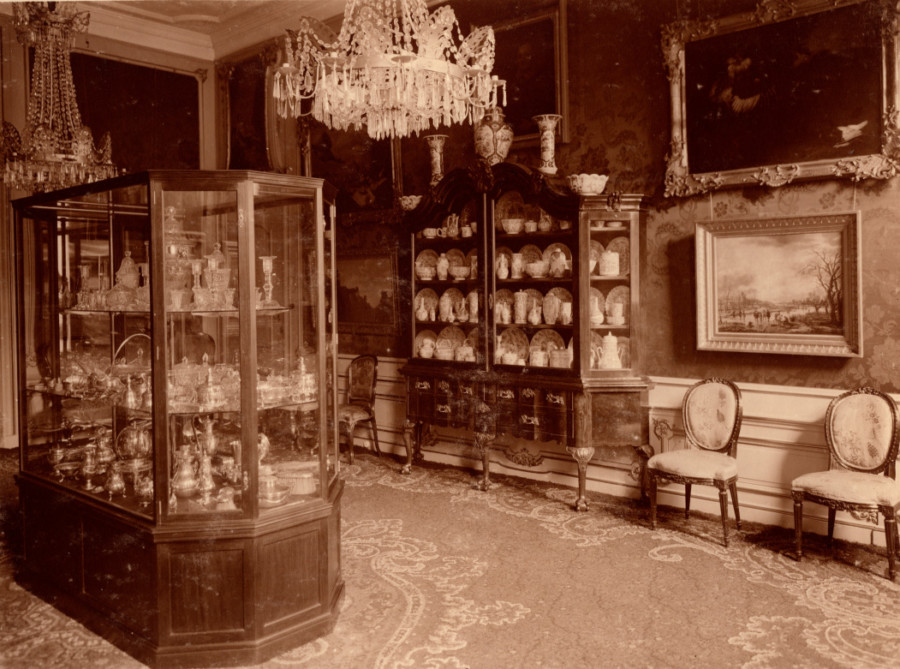
From 1922, Abraham Bredius’s private collection could be seen in his sumptuous residence at Prinsegracht 6. However, in the 1980s visitor numbers fell, due not least to the declining prestige of the once respectable Prinsegracht. In 1984, forced to make financial sacrifices, the city took the drastic step of closing the museum.
Among art lovers in The Hague, the museum’s closure caused profound shock. A group of concerned supporters got together to form a society, Stichting Bredius Genootschap, to find a way to keep the museum going. Initiator was Edu Braat, director of Venduehuis der Notarissen. In his wake came Jim van der Meer Mohr, of the same firm. Frans Verbaas and Jaap van Straalen were secretary and treasurer respectively, and other members were John Hoogsteder, Johannes Bredius and Hans Hoetink, director of the Mauritshuis. To chair the society, the board chose Albert Blankert, the first art historian to compile a description of the paintings and drawings in Bredius’s collection in 1978.
Hague Gemeentemuseum director Theo van Velzen served in an advisory capacity. As the municipal museum’s director, he had been asked by the city to wind up not just Museum Bredius, but also the Costume Museum at Lange Vijverberg 14 and 15. An agreement was reached with the city to allow Bredius Genootschap to curate the Bredius collection as long as suitable accommodation could be found. Meanwhile, the Costume Museum holdings were absorbed into the Gemeentemuseum collection and its premises stood empty. Lange Vijverberg 14 was a perfect location for the new Museum Bredius and it was soon acquired when John Hoogsteder persuaded Vanol oil company to sponsor the purchase. It was thoroughly renovated and in 1990 the museum reopened to the public at its new home, across the water from Bredius’s beloved Mauritshuis. The following year saw the publication of a third – revised – edition of Blankert’s Museum Bredius collection catalogue.
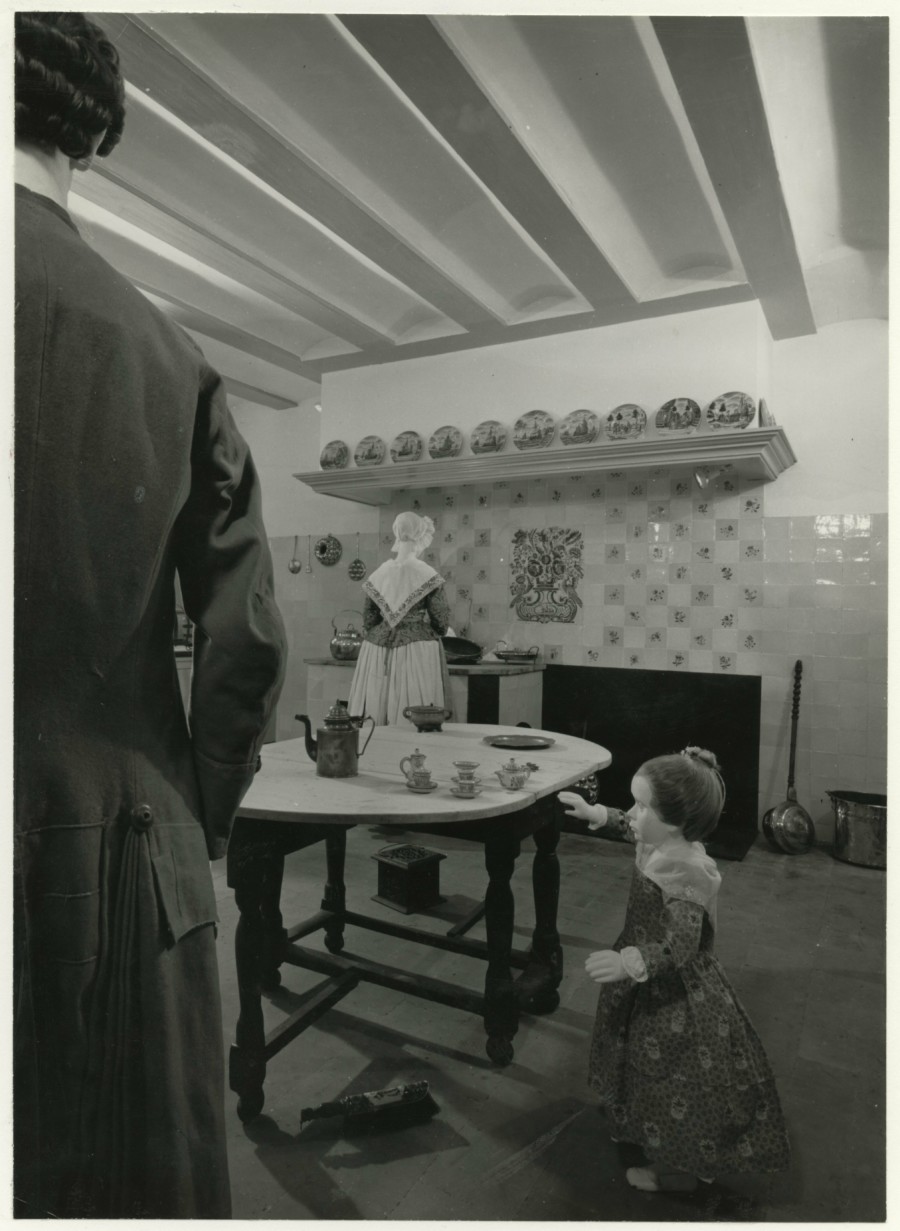
Ton Vermeulen took over as secretary of the board, Willem van Rooijen as treasurer and Anthony Burgmans as chair. Johannes Bredius’s place was taken by Otto Kronig Sr. He had been the childless Abraham Bredius’s heir through his late uncle Joseph Kronig. After a 20-year tenure, Jim van der Meer Mohr retired from the board and was named an honorary member. Edu Braat, who stepped down in 1988 was also appointed an honorary member.
The board did not rest on its laurels. A catalogue was published of the collection’s applied art objects and numerous exhibitions were held. The first shows were organised without subsidies from the city. Yet as the financial burden for the museum grew, this became untenable. Eventually, the Hague’s Culture and Finance councillor, Jetta Klijnsma (2006-2010), ensured that the task the consortium had taken up on behalf of the city would henceforth be supported with municipal funds.
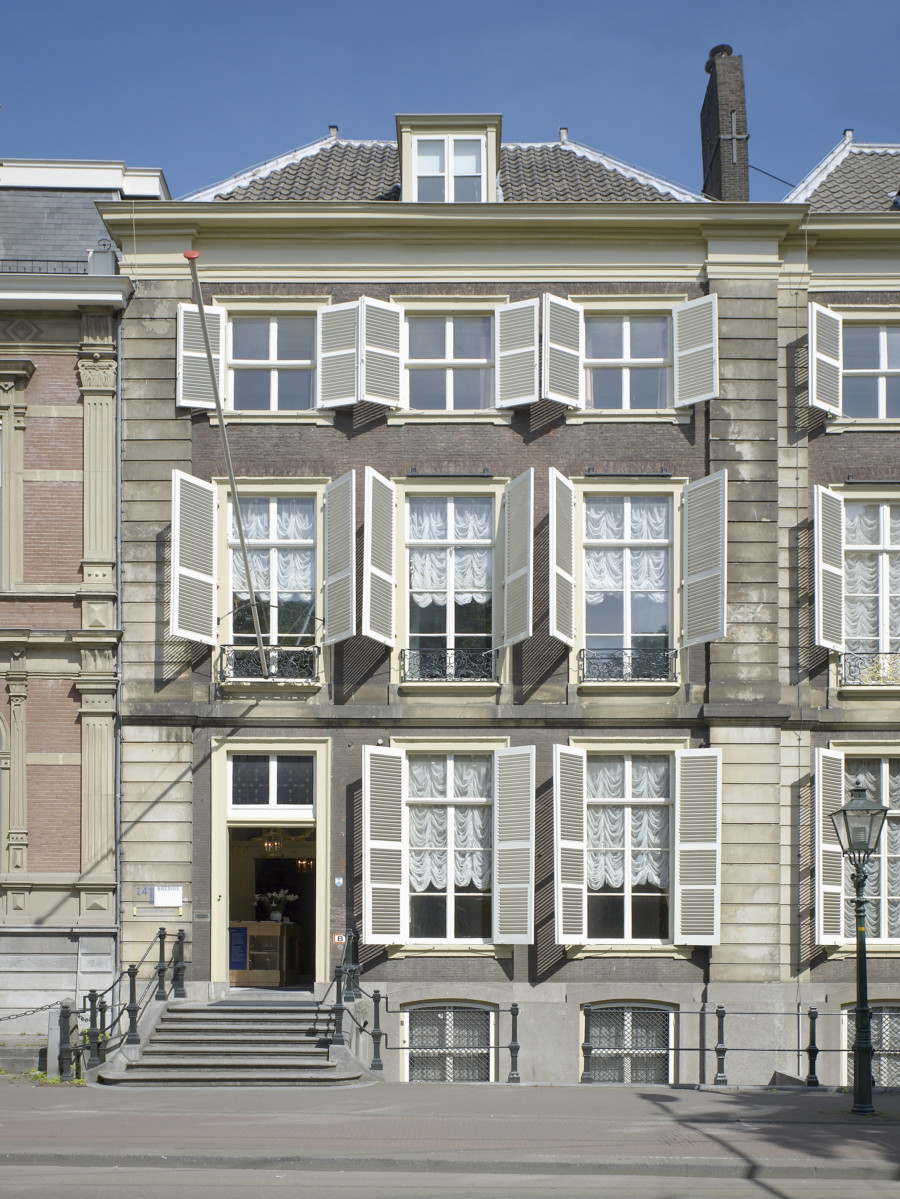
After Anthony Burgmans, Paul Schnabel chaired the board with great success. Frans Tilman followed Willem van Rooijen as treasurer. For 35 years, until his death, John Hoogsteder channelled his energy into the museum as curator. As the driving force behind the museum, he was appointed honorary curator. Moreover, when the principal sponsor withdrew in 1994, John Hoogsteder purchased Lange Vijverberg 14, undertaking to rent the premises to the museum for 100 years at 1 cent per annum. His son Willem Jan Hoogsteder confirmed the agreement when he took the reins in 2012. Willem Jan Hoogsteder is also founder of the museum’s supporting fund, Stichting Steunfonds Museum Bredius.
Today, the building conforms to all the requirements of a modern museum; the paintings are in good condition thanks to a thorough restoration programme; educational facilities are available; Museum Bredius plays an active role in the museum quarter and the collection has been made publicly accessible in a range of exhibitions and can be viewed online completely digitised. Museum Bredius was the first museum in the Netherlands to feature an audio guide in Ukrainian. And in 2022, a new Rembrandt was actually discovered in the collection. A wonderful gift to accompany the museum’s centenary celebration.
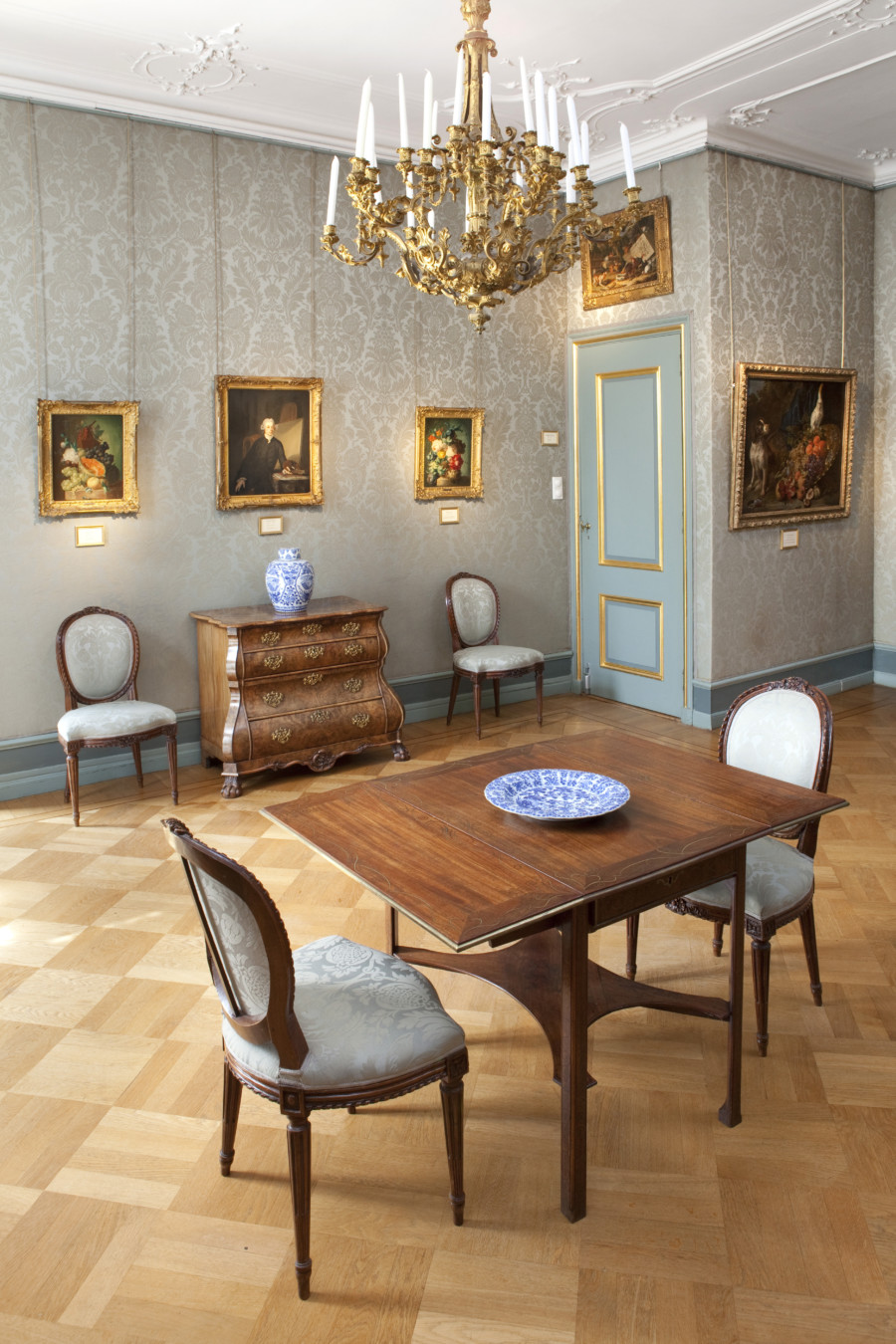
Stichting Bredius Genootschap is today Stichting Museum Bredius and operates as a Public Benefit Orgnaisation (ANBI). The board’s curator is in charge of the day-to-day running of the museum together with general manager Thomas Donner. The board is unsalaried and comprises:
| Dr. J.A. Brandenbarg | Board president |
| Drs. W.J. Hoogsteder | Vice president, Curator |
| Jhr. drs. A.J. van Sminia | Treasurer |
| Drs. R.R. Crince le Roy | 1st Secretary |
| Mr. A.H. Vermeulen | 2nd Secretary |
| Drs. C. Dumas | Art historical consultant |